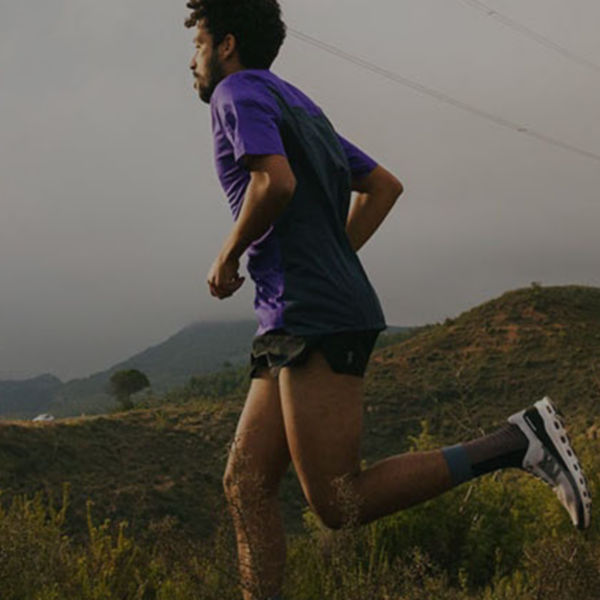
When winter rolls around, roads and trails become coated with slick and snowy layers, leaving runners with three options: Stop running; head inside to a treadmill; or gear up and charge through challenging conditions. A hint: The latter option is the most rewarding.
Running on snow and ice can be done safely, and it can be extremely enjoyable. But you need to gear up to avoid injury. In some situations, like running roads or trails covered in fresh snow, you might get by in trail running shoes with deep lugs. Likely, you’ll need something more, such as a pair of over-shoe traction devices, running shoes with integrated carbide studs, or outsoles built specifically for sure-footing on ice. Here’s how to decide what’s best for you.
Pull-On Traction Devices
First off, there are a lot of traction devices on the market. These toothy contraptions, made specifically for running, are meant to be pulled on over regular shoes. They’re built to be lightweight and to stay put under the rigors of repetitive running strides. (Devices made for hiking or walking can be heavy and can have more minimal attachment straps than those made for running.)
Conditions will determine which type is best for you.
For deep snow on trails, you’ll want devices with toothy metal spikes that can provide grip on the icy layer underneath a couple inches of snow.
For hard-packed snow on trails or roads, devices with shorter spikes, metal coils, or small carbide (very hard metal) spikes work well. Some devices have a combination of metal coils and carbide spikes.
For hard-packed snow off trails, a traction device won’t cut it, but certain more narrow snowshoe designs, purpose-built with running in mind, will get the job done.
Pull-on traction devices stay on your shoes by way of Velcro straps over the top of your foot, and/or stretchy rubber that pulls over the toe and heel of your shoe. Some devices stay on better than others.
If you run mixed terrain where you want to take your devices on and off, depending on conditions, get a lightweight, compact pair that can stash away in a running pack.























